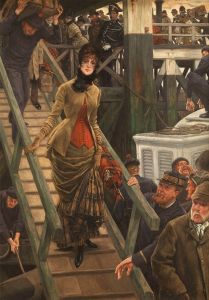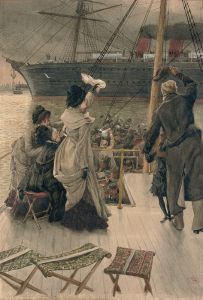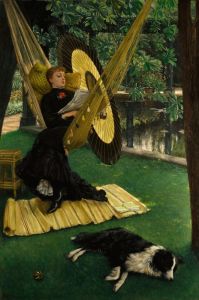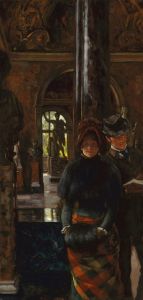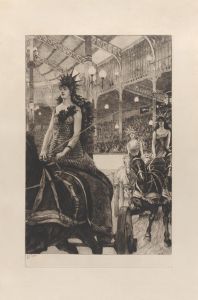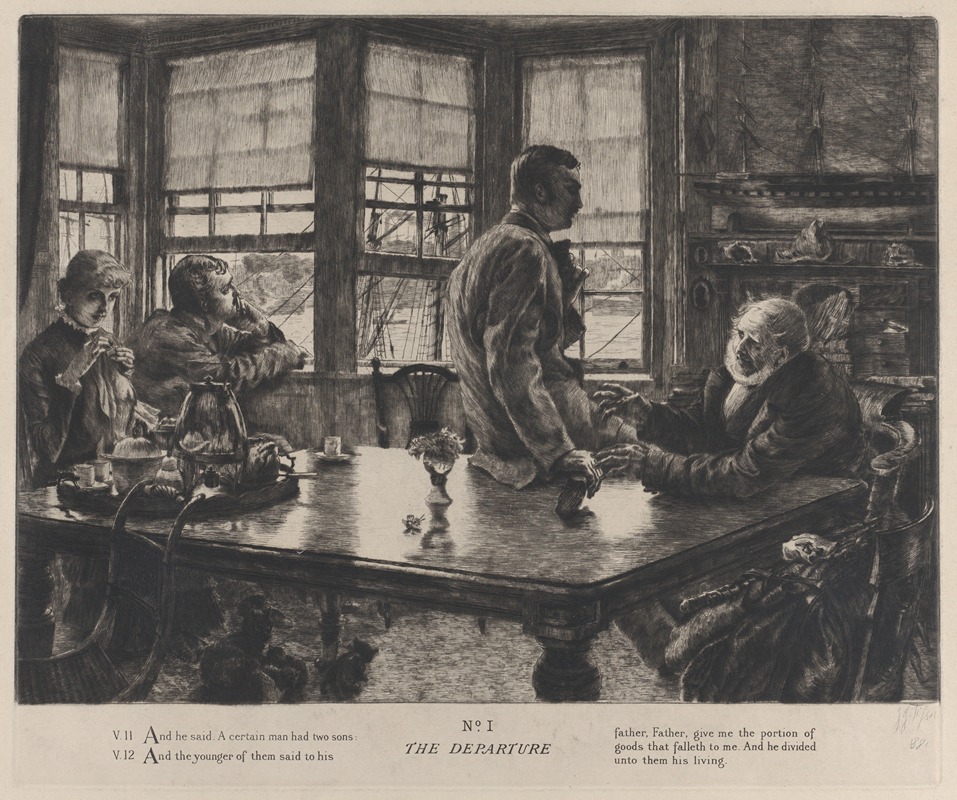
The Parable of the Prodigal Son; The Departure No. 1
A hand-painted replica of James Tissot’s masterpiece The Parable of the Prodigal Son; The Departure No. 1, meticulously crafted by professional artists to capture the true essence of the original. Each piece is created with museum-quality canvas and rare mineral pigments, carefully painted by experienced artists with delicate brushstrokes and rich, layered colors to perfectly recreate the texture of the original artwork. Unlike machine-printed reproductions, this hand-painted version brings the painting to life, infused with the artist’s emotions and skill in every stroke. Whether for personal collection or home decoration, it instantly elevates the artistic atmosphere of any space.
James Tissot's painting "The Parable of the Prodigal Son; The Departure No. 1" is part of a series that illustrates the biblical parable of the Prodigal Son, a story found in the Gospel of Luke in the New Testament. This parable is one of the most well-known teachings of Jesus, emphasizing themes of repentance, forgiveness, and the unconditional love of a father for his son.
James Tissot, a French painter and illustrator, was born on October 15, 1836, in Nantes, France. He was renowned for his detailed and realistic style, often depicting scenes from the Bible and contemporary life. Tissot's religious works, particularly his illustrations of the Bible, gained significant acclaim during his lifetime and continue to be appreciated for their narrative depth and artistic detail.
"The Parable of the Prodigal Son; The Departure No. 1" is the first painting in Tissot's series on this parable. The series captures the key moments of the story, beginning with the departure of the younger son. In the biblical narrative, the younger son asks his father for his share of the inheritance and then leaves home to squander his wealth in a distant land. This initial scene sets the stage for the son's eventual downfall and redemption.
Tissot's depiction of the departure is characterized by his meticulous attention to detail and his ability to convey emotion through composition and expression. The painting likely captures the moment when the son, filled with youthful ambition and perhaps naivety, sets out on his journey. The father's presence in the scene might be implied, highlighting the emotional weight of the son's decision to leave.
Tissot's religious paintings, including this series, reflect his deep interest in biblical stories and his commitment to portraying them with historical accuracy and emotional resonance. His works often involved extensive research into the cultural and historical contexts of the scenes he depicted, aiming to bring the stories to life for contemporary audiences.
The series on the Prodigal Son is part of Tissot's larger body of work on biblical themes, which includes his famous "The Life of Christ" series. These works were created during a period when Tissot experienced a religious awakening, leading him to focus on spiritual subjects. His biblical illustrations were widely exhibited and published, contributing to his reputation as a significant religious artist of the 19th century.
Tissot's interpretation of the Prodigal Son parable, including "The Departure No. 1," remains a testament to his skill as a storyteller and his ability to capture the human experience through art. His paintings continue to be studied and admired for their artistic merit and their insightful portrayal of timeless biblical narratives.






